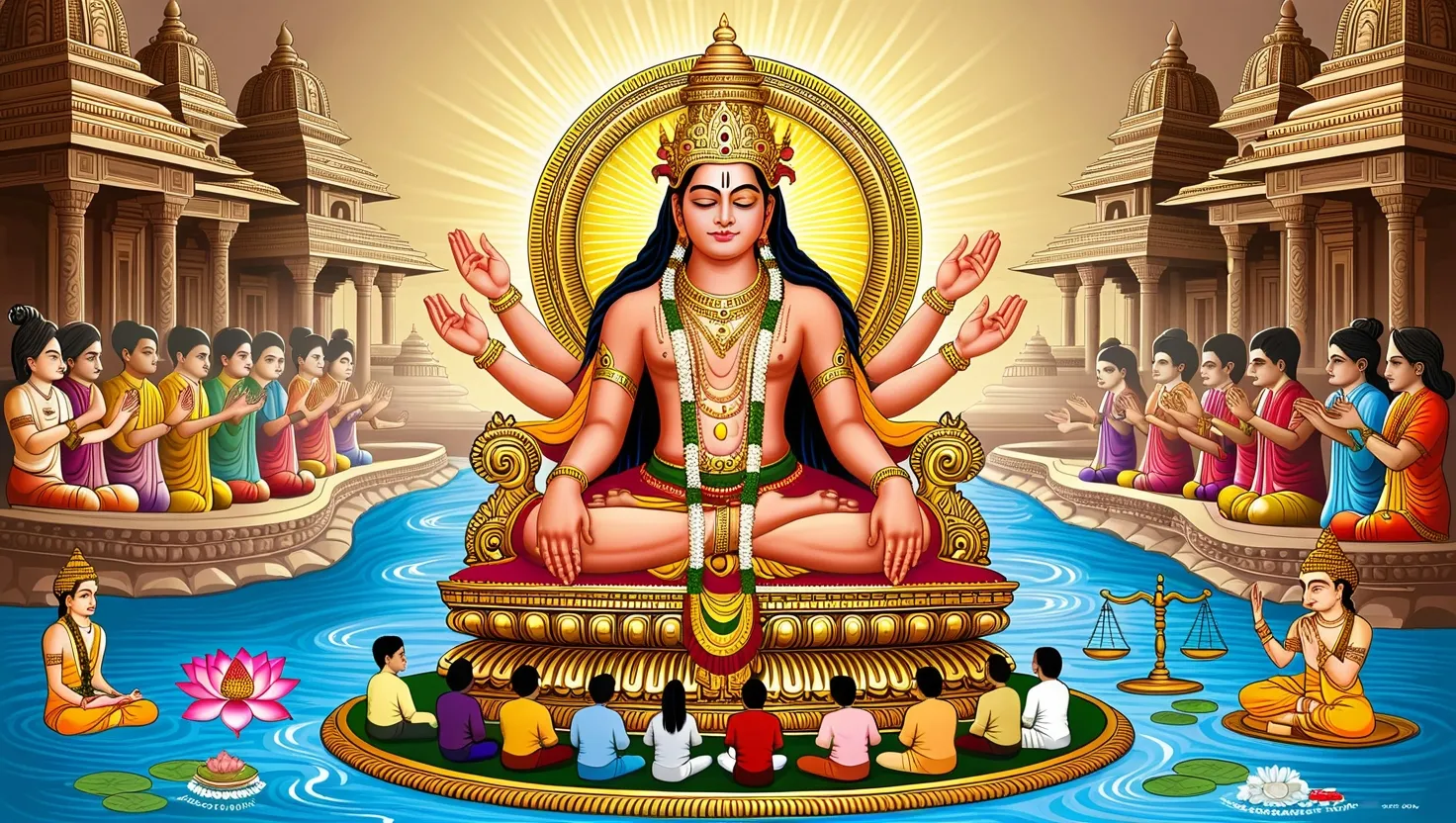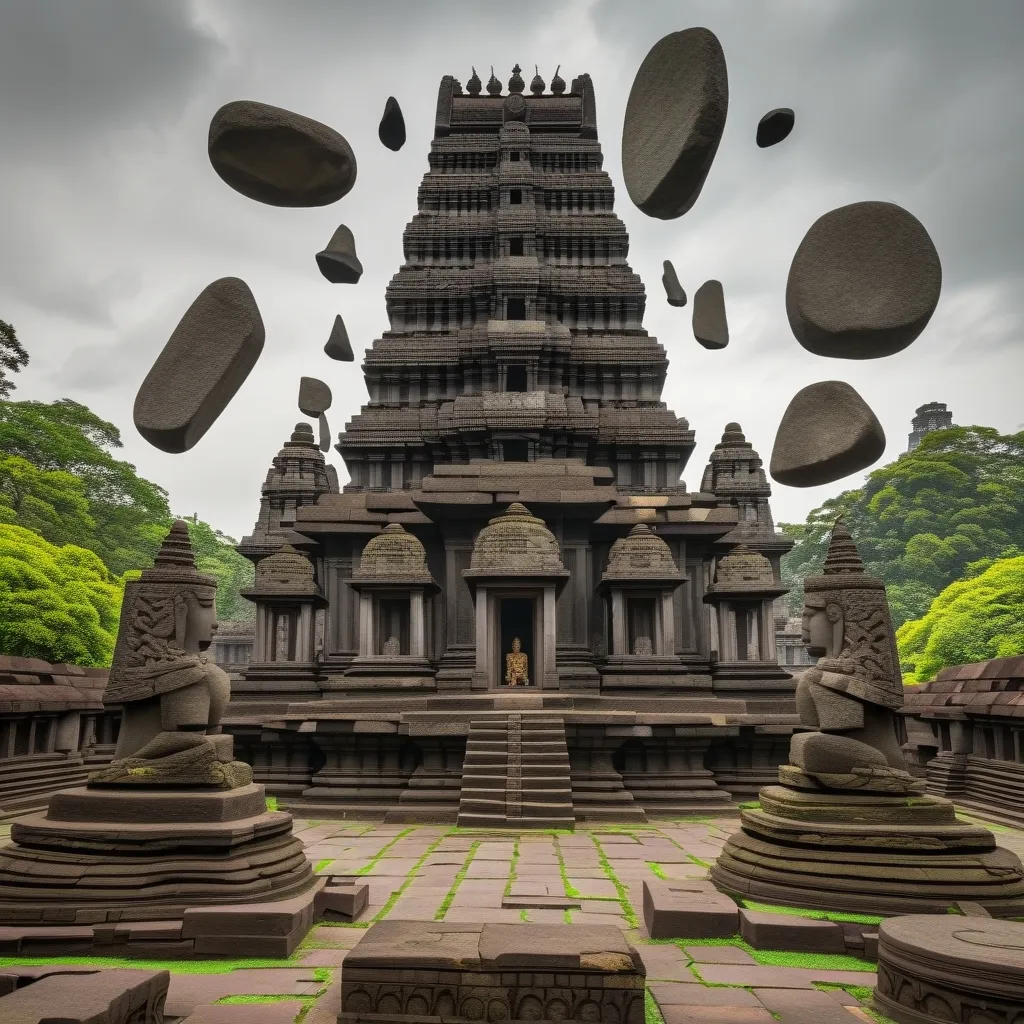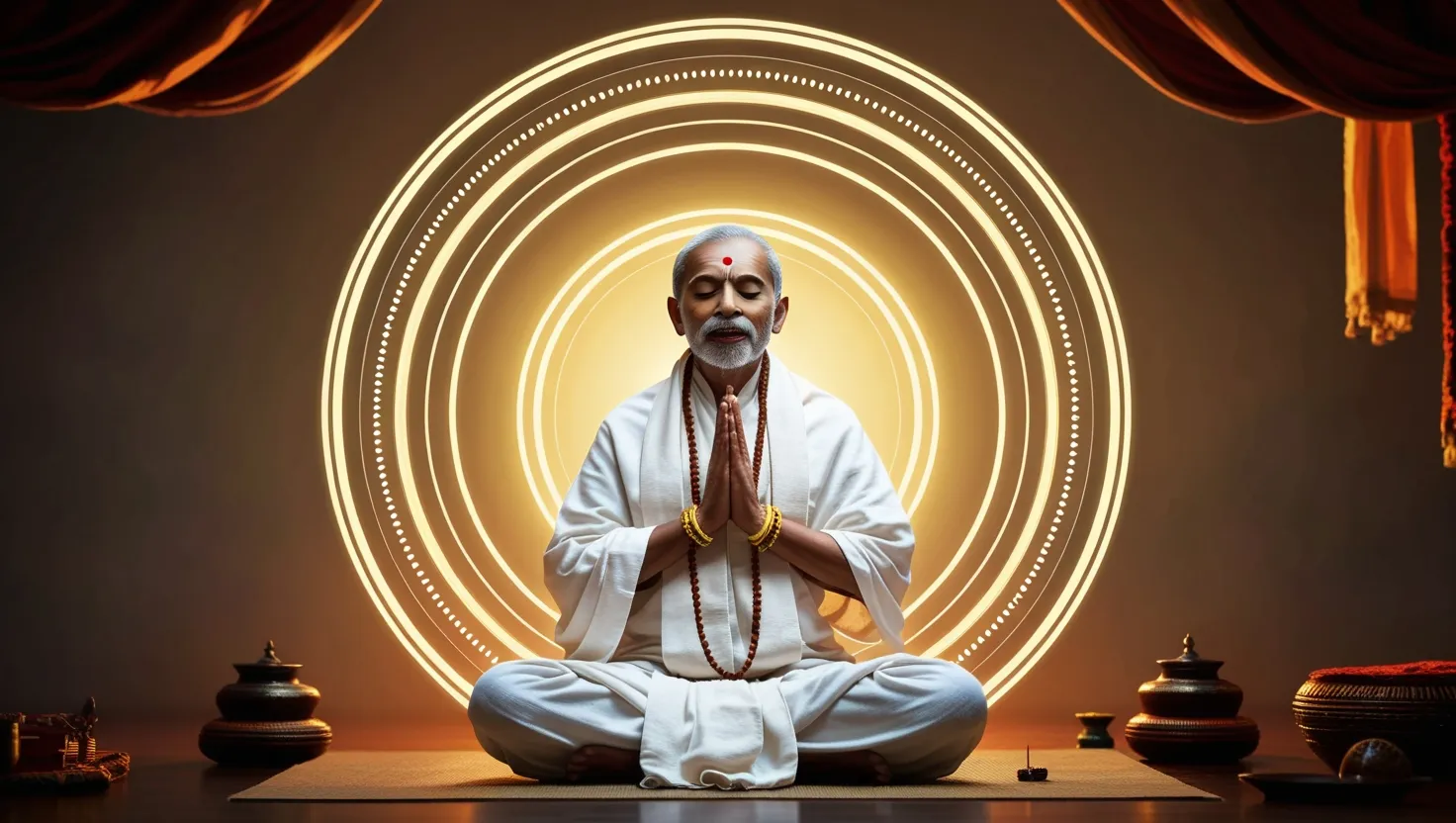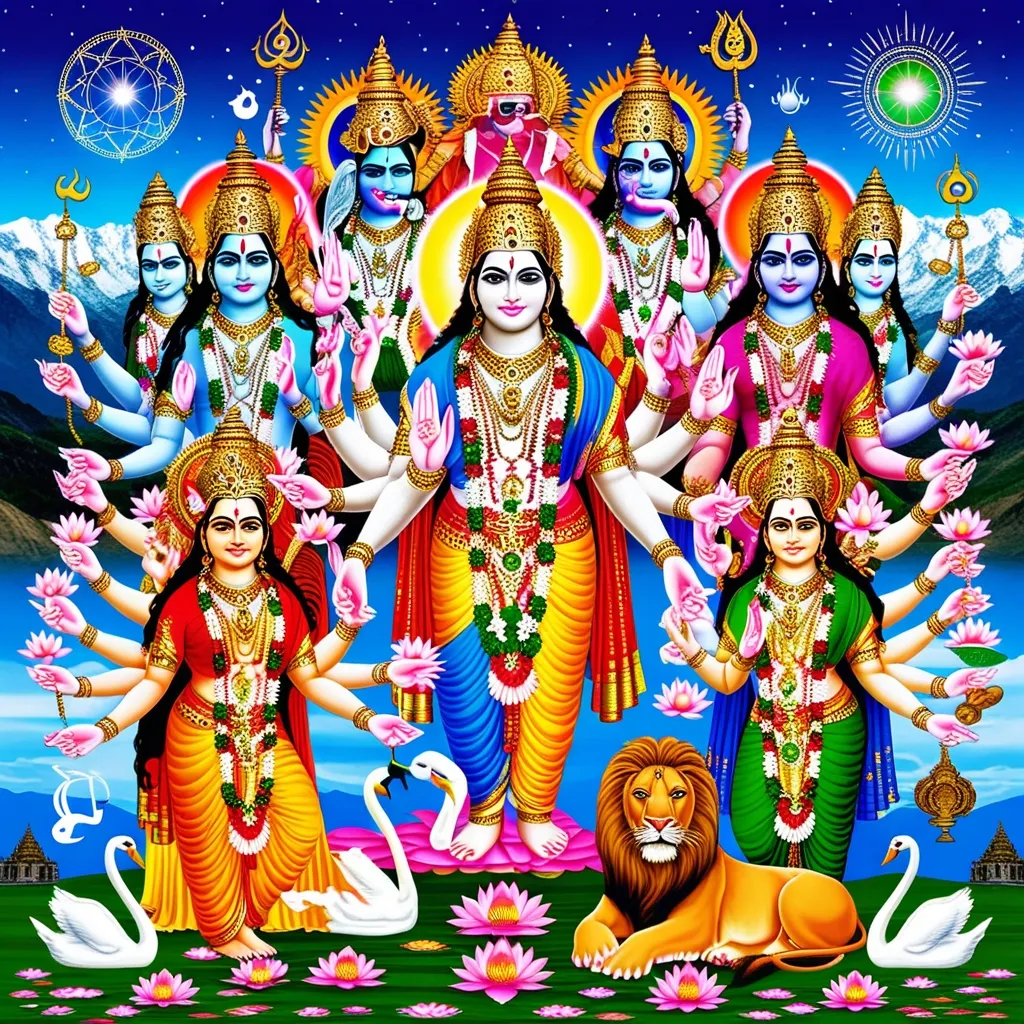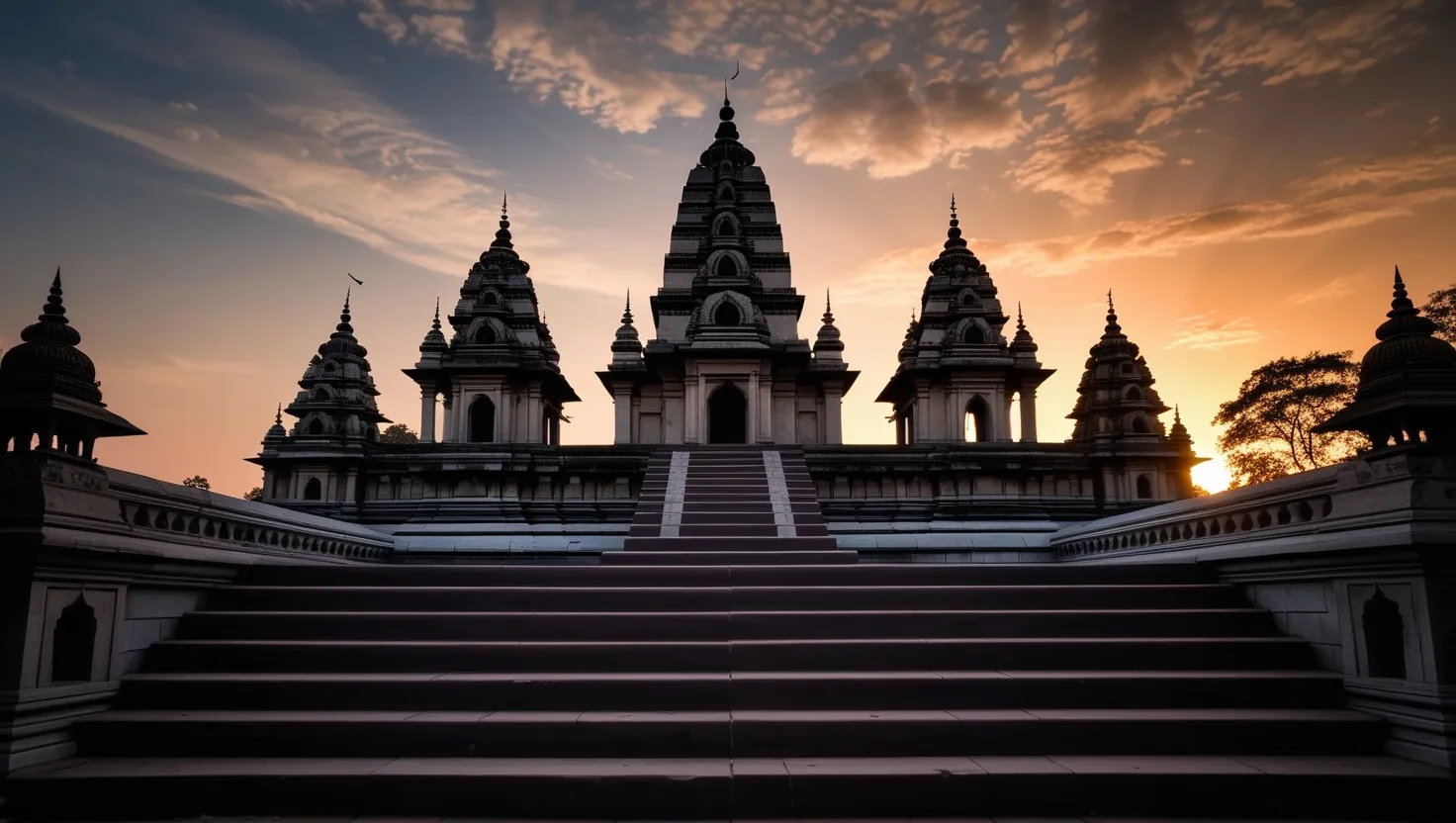Understanding Dharma: Living a Purposeful Life
Dharma is a concept from Hinduism and Buddhism that you can think of as your “true calling” in life, guiding you to live with virtue, morality, and a sense of fulfillment. But it’s more than just a religious term—it’s a way of living that combines your ambitions, work, and well-being into a balanced, joyful life.
In Hinduism, life’s purpose is four-fold: Dharma, Artha, Kama, and Moksha. Let’s break that down. Dharma is about acting righteously and following moral principles. It’s also about repaying debts—to the Gods, parents, teachers, guests, other people, and all living creatures. Artha deals with the pursuit of wealth and prosperity, but always within the bounds of dharma. Kama is about enjoying life, and Moksha is the ultimate goal—enlightenment and liberation from the cycle of reincarnation.
Living a life aligned with dharma means you respect, protect, and uphold humanity, nature, and justice. It’s more than just thoughts and principles; it’s actions that maintain these values. Everyone has their own dharma, making it a universal process.
Ever thought about writing a dharma statement? It can be powerful for clarifying your purpose. It starts with quiet reflection or meditation to understand what you were born to do. This statement acts like a filter for your decisions, helping you prioritize what truly matters and align your actions with your purpose. This alignment might push you to start a passion project, team up with friends, learn new skills, or volunteer for meaningful causes.
Think of finding your dharma as “life crafting,” a concept in positive psychology. It involves reflecting on your values, passions, and goals, writing about your ideal future, and making public commitments to these goals. This approach helps you take control of your life, boosting your performance and happiness.
In practical terms, living by dharma means balancing your work and personal life in a way that aligns with your true calling. Trust your intuition, honor your values, and use your strengths. By doing this, you can support others in their journeys of discovery and alignment with their own true purposes.
Dharma isn’t a static concept; it evolves as you grow and learn. It’s about continuously refining and aligning with your inner calling. The journey isn’t about reaching a final destination; it’s about living consciously and making every moment meaningful.
At its core, dharma is about living a life true to yourself and the world. It’s a path leading to fulfillment, joy, and a sense of purpose. Embrace your dharma to create a life that’s not only meaningful but also balanced and harmonious.

